No you don’t need Porsche torque vectoring. Torque vectoring is a technology that is used in some high-performance cars to improve their handling.
It works by using the brakes to individually control the rotation of each wheel which allows the car to turn more sharply and maintain better traction when cornering.
If you’re not driving a high-performance car then you don’t need torque vectoring and can save yourself some money by not paying for it.
However if you do drive a high-performance car then torque vectoring can be a valuable addition that will allow you to take corners more quickly and safely.
Ultimately the decision of whether or not to purchase a Porsche with torque vectoring will depend on your specific driving needs and preferences.
That said here are some things to consider:
- Torque vectoring can improve handling and agility while cornering making it a great choice for enthusiasts who enjoy spirited driving.
- The system can also help to reduce understeer which can be especially helpful when taking curves at high speeds.
- Porsche torque vectoring is available on a range of different models so you can choose the one that best suits your needs.
- The price tag for a car with torque vectoring may be higher than for one without it but the added performance and safety may be worth the investment.
In the end the decision of whether or not to purchase a Porsche with torque vectoring will come down to your individual needs and preferences.
If you’re looking for a car that can handle corners like a pro then torque vectoring is definitely something to consider.
Just be sure to weigh the pros and cons carefully before making a final decision.
Is Porsche Torque Vectoring Standard?
Porsche torque vectoring is standard on the 911 Turbo and optional on other models.
Torque vectoring helps improve a car’s handling by braking one or more wheels on the inside of a turn which sends more power to the outside wheel.
This increases grip and reduces understeer (when the car wants to go straight instead of turning).
Porsche torque vectoring is done electronically which makes it faster and easier to react than using a mechanical system like brake differential.
It also allows for individual control of each wheel which gives even more precise handling.
What Is Porsche Torque Vectoring Plus?
Porsche torque vectoring Plus is a system that uses the brakes to send torque to the outside wheel of a turning vehicle which helps to improve handling and stability.
It’s an evolution of the traditional Porsche torque vectoring system which also used the brakes to send torque to the inside wheel of a turning vehicle.
The Plus system is more advanced because it can split up the braking forces between the two wheels as opposed to just sending all of the braking force to one wheel.
This results in improved handling and stability especially in difficult driving conditions.
Is Torque Vectoring Good?
It depends.
Torque vectoring is a technique that can be used to improve a vehicle’s handling.
It does this by using the brakes or engine to send different amounts of power to the left and right wheels which then causes the car to turn.
The main benefit of torque vectoring is that it allows a car to make very small changes in direction which is great for tight corners.
However there are some drawbacks.
For example torque vectoring can often result in excessive wear and tear on the tires and brakes.
Additionally it can also be quite expensive to implement.
What Is The Purpose Of Torque Vectoring?
Torque vectoring is the process of controlling the torque applied to each wheel of a vehicle.
By controlling the torque applied to each wheel you can improve the handling and stability of the vehicle.
For example if you are turning a corner and you want to make the turn tighter you would apply more torque to the outside wheel and less torque to the inside wheel.
This would cause the car to turn more tightly.
Torque vectoring can also be used to improve stability during high-speed maneuvers by applying different amounts of torque to each wheel.
